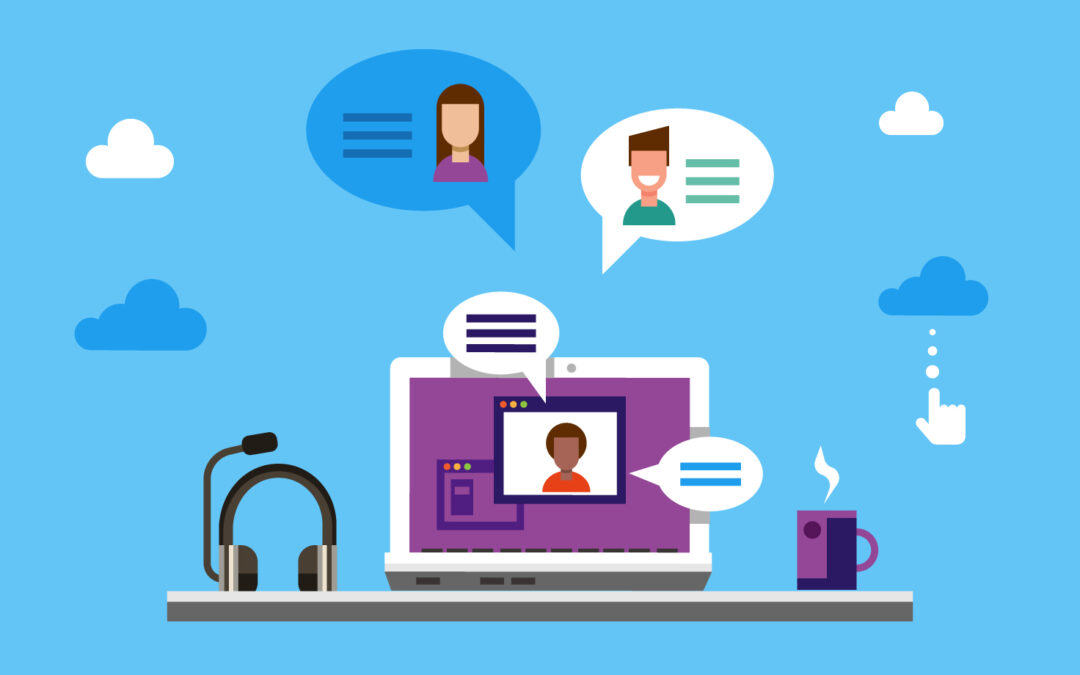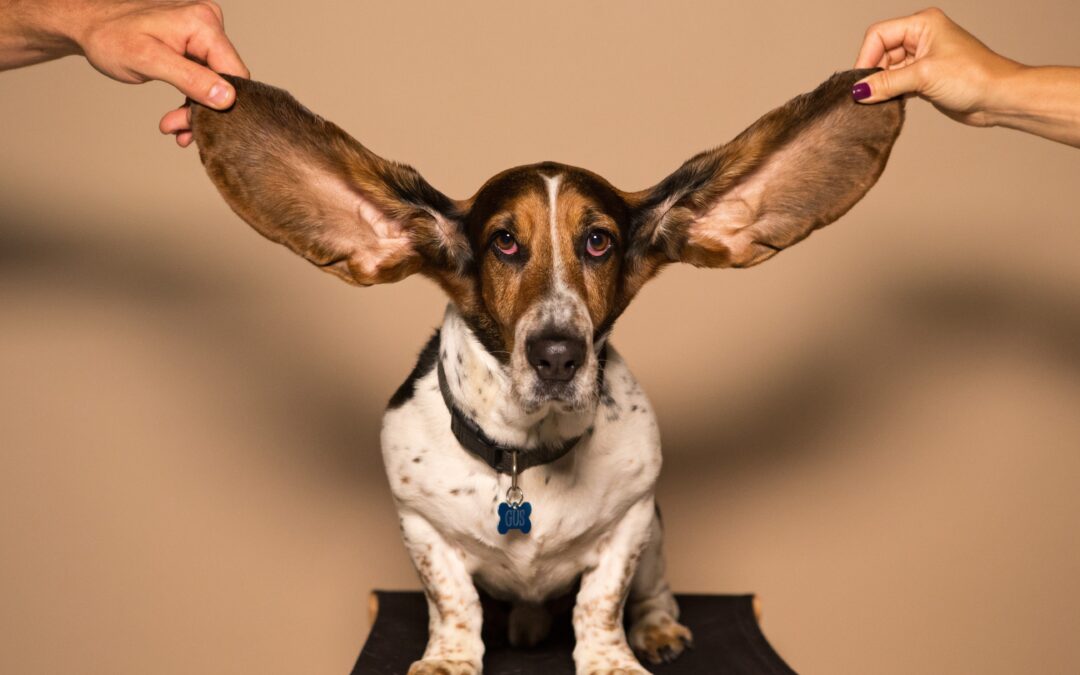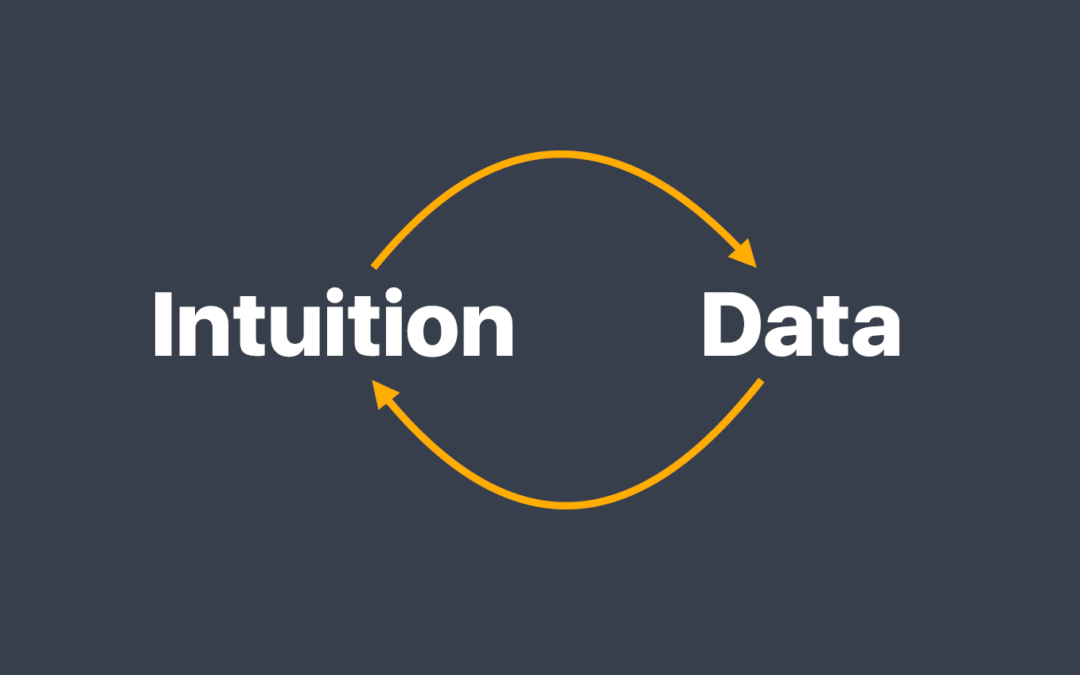
How to Get Corporate Executives to Walk Their Innovation Talk
Things we know we should do because they’re good for us:
- Eat 5 servings of fruits and vegetables each day
- Floss twice a day
- Get 10,000 steps a day
- Buy insurance
- Consistently invest in innovation
Let’s be honest, the above list could also be titled, “Things we know we should do but don’t.”
Why? Why do we choose not to do things that years of research prove are good for us and for which solutions are readily available?
Because they’re inconvenient, uncomfortable, expensive, and, most of all, because we have not yet been burned by not doing them.
Experience is a better motivator of change and driver of behavior than knowledge. We don’t floss until we’ve had one (or more) painful and bloody dentist appointments. We don’t buy insurance until we have to deal with a break-in. We don’t invest in innovation until we’re desperate for revenue, profit, or growth.
The good news is that, at least when it comes to innovation, we don’t have to wait to be desperate or to get burned before we do what we know we should. We can create experiences that motivate change.
Borrow relevant experiences
Experiencing success, even if it’s vicariously, is key to getting people to do what they know they should. One way to do this is to find proof that the change is possible and do-able. To do this you need to find relevant and recent examples (i.e. not a field trip to Silicon Valley and not stories about Steve Jobs).
Find a company in your industry (or a similar one) that has successfully achieved the goal you’ve set. Tell their story to people within your organization. Set-up a conversation between a current or former member of their team and a key stakeholder in your organization. Buy their product and display it as evidence that success is possible.
Create experiences of success
Innovation takes time, especially if you’re working on something breakthrough. But people lose interest and faith quickly, especially in organizations that are judged by quarterly numbers. As a result, the worst thing you can do is to go into “stealth mode” and try to “fly under the radar” until you have a huge, earth-shattering success to announce.
Instead, spend time learning about your decision-makers’ and stakeholders’ doubts at the same time you’re learning about your customers’ problems. Then, when you prove those doubts wrong, celebrate the win…politely, and publicly.
Does your boss think Legal will never approve your idea? Work with Legal, ask them what it would take to get an approval, and when you do that and get the Yes, tell your boss. Does Finance think no one will ever pay the price for your solution? Open a “lemonade stand” to sell the product and then take Finance out for drinks, using your first dollars of revenue to pay for the first round.
Small and steady wins give people experience with success and buy you the time, resources, and support you need to achieve the earth-shattering ones.
Immerse everyone in the experience
While borrowing and creating experiences can be powerful, nothing is as convincing or compelling as actively engaging people in achieving success.
Involve innovation leaders, decision-makers, and key stakeholders in the hard work of customer discovery, solution design, and business testing. Make them listen in live to customer interviews, hand them the sharpie (or the mouse) during ideation sessions, and “hire” them to staff your “lemonade stand.”
By making people lean in, roll up their sleeves and do the work, they’ll experience how hard innovation is and why it takes longer than they think. They’ll be invested in your work and your results. They’ll feel the rush of the small successes.
Innovation is a Head, Heart, Guts endeavor
People decide what to do with their hearts, justify their decisions with their heads, but it takes guts to take action. Knowledge feeds the head, but it takes experience to have guts.




